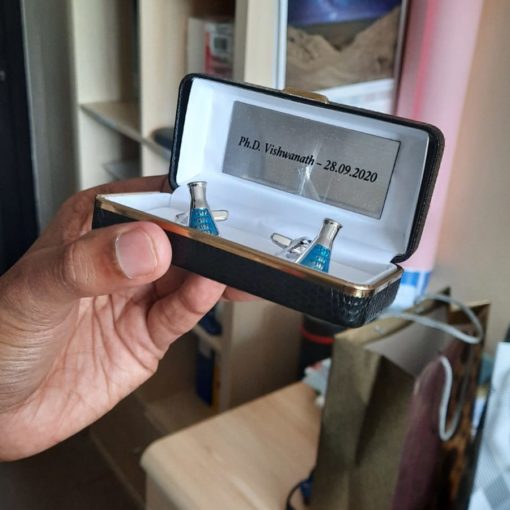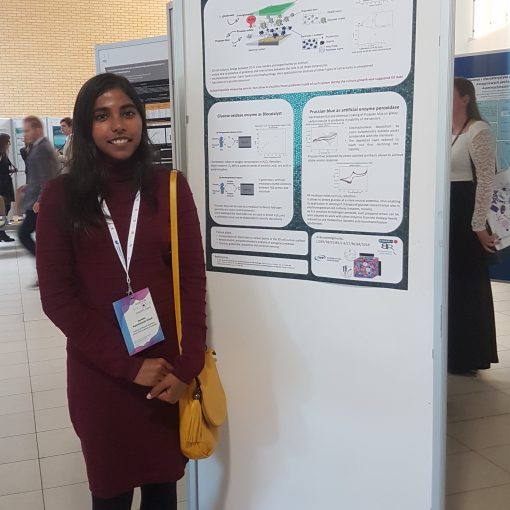Another late announcement, but during the autumn Magda had a grant application approved for “Spectroelectrochemistry of Alzheimer’s disease – a study of a new potential therapeutic molecule”. In this project she will use spectroelectrochemical methods to study Cu(II)-β-amyloid complexes and the effect of copper(II) ion chelators, that can be potential new drugs for Alzheimer’s disease.
This work is done in collaboration with Professor Álvaro Colina from the University of Burgos in Spain, where Magda will spend half a year.
The pop-science description of the project is reprinted below:
Spectroelectrochemistry of Alzheimer’s disease – a study of a new potential therapeutic molecule
Alzheimer’s disease (AD) is currently the most common neurodegenerative disease, affecting 10% of people over the age of 65 and more than 30% over the age of 85. However, the phenomenon of an ageing society will cause a dramatic increase in the number of AD cases in the future. According to literature data, the number of older people with AD will triple by 2050 and reach 131.5 million worldwide. Furthermore, the economic losses as a result of caring for those with AD are valued at over 600 billion USD annually and will continue to rise in the future. Although AD was first diagnosed over one hundred years ago, its exact cause is still not fully understood. However, it is known that AD’s development is associated with the systematic destruction of nerve cells, damaging subsequent parts of the brain and eventually leading to death. It is hypothesised that β-amyloids (Aβ), a type of peptide, are responsible for the formation of the Cu(II)-Aβ complexes that cause this neuronal damage. Furthermore, such complexes may undergo a series of secondary reactions forming highly toxic compounds called reactive oxygen species (ROS). The negative impact of AD’s development on brain functions is fully reflected in the self-portraits of William Utermohlen, who was diagnosed in 1995 (Figure 1).

At present, anti-Alzheimer’s drugs only alleviate the symptoms of the disease and do not target its cause. However, copper chelators are considered to have tremendous therapeutic potential against AD, with TDMQ20 being the most promising chelator. The hypothesised working mechanism of TDMQ20 is based on a Cu(II) ion exchange with Cu(II)-Aβ complexes, a process which also inhibits the formation of ROS. It is worth noting here that any potential therapeutic substances that qualified for the clinical trials conducted between 2003 and 2019 have been registered as a drug. Therefore, the standard characterisation methods that are commonly applied in clinical trials need to be supported with new methods that can provide additional information about the toxicity and working mechanisms of the drugs. To our knowledge, Cu(II) ions chelators such as TDMQ20 have not yet been examined by voltammetric and spectroelectrochemical (SEC) techniques. Therefore, these powerful analytical techniques will be employed in the proposed study.
This project aims to investigate the spectroelectrochemical behaviour of TDMQ20, a copper(II) chelator, as a new potential active substance for Alzheimer’s disease treatment. This novel research could develop our understanding of the working mechanism of TDMQ20. This project’s principal investigator has broad experience working with β-amyloid peptides during both their PhD studies and their research conducted under the Miniatura grant. Furthermore, collaboration with a world renowned spectroelectrochemistry research group will greatly increase the chance to successful complete the project and publish results. The proposed research may be a critical step in verifying the efficacy of TDMQ20 as an active substance of potential clinical importance, whilst also contributing in general to knowledge about the pathology of Alzheimer’s disease




